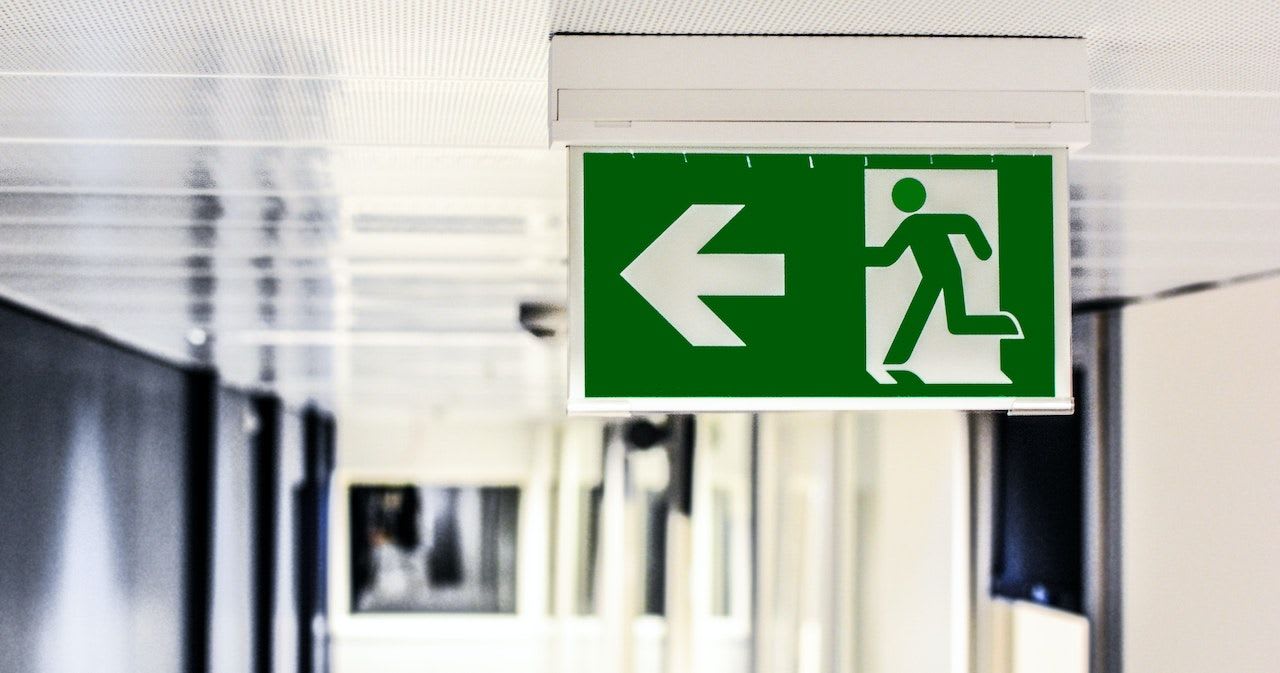Implementing safety rules at school
School safety rules are a set of guidelines put in place to ensure the well-being, security and overall protection of students, faculty and staff at schools. These protocols help ensure that everyone is kept safe and secure while they are on school grounds

School safety rules are a set of guidelines put in place to ensure the well-being, security and overall protection of students, faculty and staff at schools. These protocols help ensure that everyone is kept safe and secure while they are on school grounds or participating in any activity related to the institution. The most basic policy typically consists of a range of rules designed to reduce risks associated with potential hazards such as fire, equipment misuse, bullying, physical violence or any other kind of danger that could threaten the health and well-being of those involved.
This could be done by implementing expected classroom behaviour standards that promote respect among peers, as well as developing consistent procedures for responding to any parental inquiries or issues relating to school safety rules. Exploring new technologies such as more advanced monitoring systems in order to further enhance existing school safety initiatives for a safer learning environment. Through these measures, greater security can be achieved in both physical and digital realms - providing peace of mind for all involved parties.
💡 Lessons learnt: Safety doesn't happen by accident.
Why We Need School Safety Regulations
Ensuring the safety and security of students, staff, and faculty at school should be a priority for any institution. School safety regulations provide clear guidelines on how to prevent violent incidents or potential dangers from arising. Establishing safety protocols allows for a secure learning environment where meaningful dialogue between school leadership and stakeholders in the community can take place. Having abundantly established regulations prioritizes proactive problem-solving over-reactive crisis management, as all parties involved know what is expected of them when it comes to establishing a safe space within their educational setting. Enforcing these rules helps demonstrates that the school takes seriously their commitment to ensuring students' well-being by anchoring expectations with consequences that help ensure compliance with set regulations.
Teaching Students About the Importance of Safety Regulations
Educating students on safety regulations is an essential part of their development, as it not only provides them with the knowledge they need to stay safe but also instils a sense of responsibility and respect for their environment. Through understanding safety procedures, young people learn how to manage risks independently and reduce their reliance on others in potentially hazardous situations. Moreover, through learning such guidelines early on in life they develop the confidence which will enable them to remain vigilant throughout all stages of adulthood. This can make a huge difference in high-risk scenarios where a lack of awareness could prove detrimental.
To maintain expectations for student compliance with safety rules, we must ensure that all expectations are communicated accurately and in a way that students can clearly understand. This helps them understand their responsibilities for engaging with activities so they can make informed choices and feel secure wherever the activity occurs – whether on-site or during an off-campus field trip. Our dedication to providing our students with a safe environment is at the heart of why these expectations should exist; it means everyone feels safe and respected regardless of where they are.
Ensuring Long-Term Adherence to School Safety Guidelines
Creating an open dialogue between all parties involved in school safety is paramount to developing a long-term plan for success. Incorporating rewards and incentives into the protocols provide necessary motivation while engaging the community helps foster an understanding of expectations and goals. To ensure that everyone is aware of changes over time, schools must also provide continuous training opportunities so that staff and students can stay up-to-date with any new safety procedures.

Adiutor
Adiutor means "helper" - we do just that, by taking a load of your school administration and helping you focus on what matters most: the kids.
